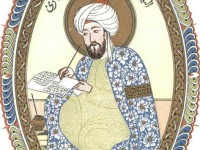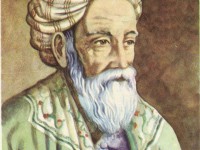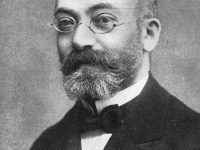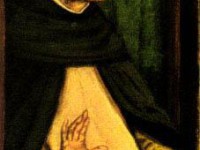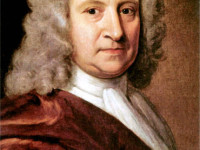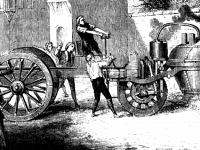Avicenna – The Most Significant Polymath of the Islamic Golden Age
At about 980, Persian polymath bū ʿAlī al-Ḥusayn ibn ʿAbd Allāh ibn Al-Hasan ibn Ali ibn Sīnā, also known as Avicenna, was born. Avicenna is regarded as one of the most significant thinkers and writers of the Islamic Golden Age. His most famous works are The Book of Healing – a philosophical and scientific encyclopedia, and The Canon of Medicine – a medical encyclopedia, which became a standard medical text at many medieval…
Read more

